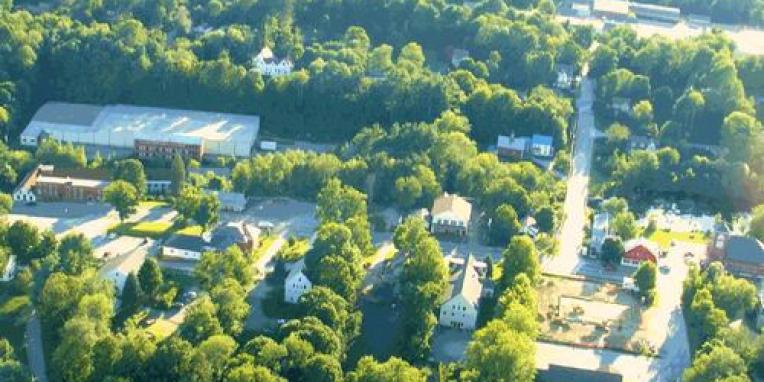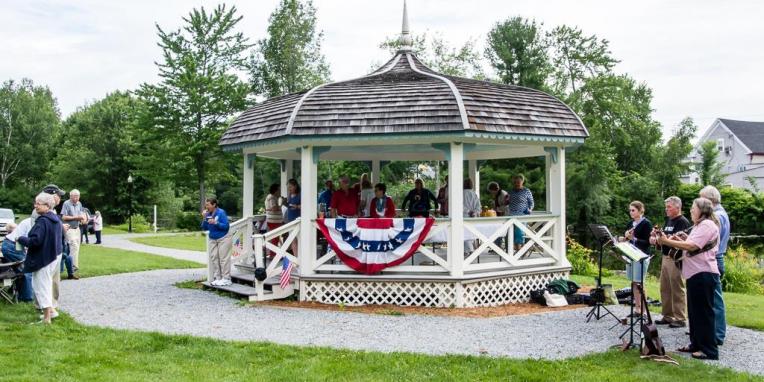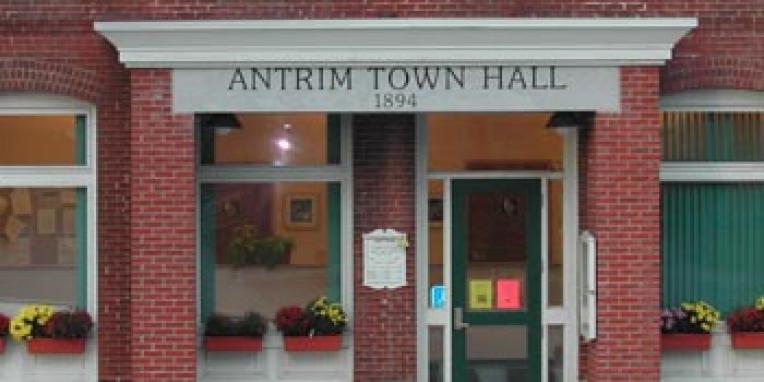Significant Wildlife Areas
While it could be stated that much of Antrim is a habitat for wildlife, certain areas stand out for the abundance and diversity of wildlife present. A brief listing of wildlife to be found in Antrim include:
Deer, moose, black bear, muskrat, woodchuck, porcupine, beaver, squirrel, chipmunk, mink, fisher, otter, skunk, weasel, raccoon, red fox, coyote, and a wide variety of snakes, frogs, birds, and fishes.
The Rural and Rural Conservation Districts are the districts that have been identified by their nature to be home to these creatures. This is not to say that these wildlife are not found in the other districts, because they are, but that in the two rural districts they can inhabit the ecological niche (habitats) they require.
The more diverse the wildlife species, the greater the need for diverse habitats. Some species require only small areas – less than an acre. Others need hundreds (or even thousands) of acres and some require a mix of different habitat types throughout the year. A diverse habitat is one that consists of a variety of landforms and vegetative cover, for example: open fields, woods, streams, marshes, ridges, and valleys. Significant habitats will typically be connected by migratory routes or wildlife corridors. Frequently, these are found along stream and river paths, ridgelines, large tracts of undeveloped woodlands, etc. The actual documentation of corridors has not been determined for this plan.
A major threat to wildlife is scattered development that results in fragmentation of the habitat. Wildlife might then be “stranded” in an area not large enough to support them. The establishment of the Rural Conservation District in 1989 was believed to help thwart intrusive and fragmented development. This again leads to the importance of sound and prudent zoning regulations established and monitored by the Planning Board.




